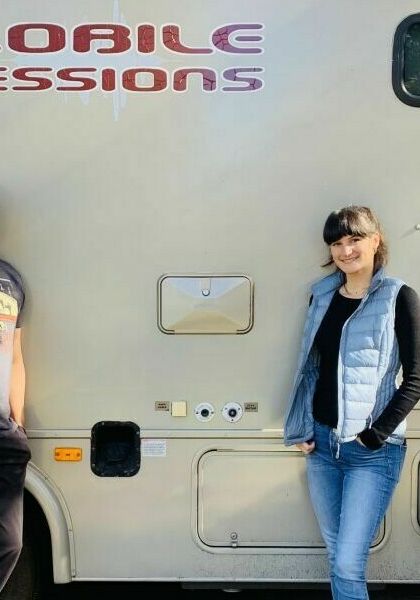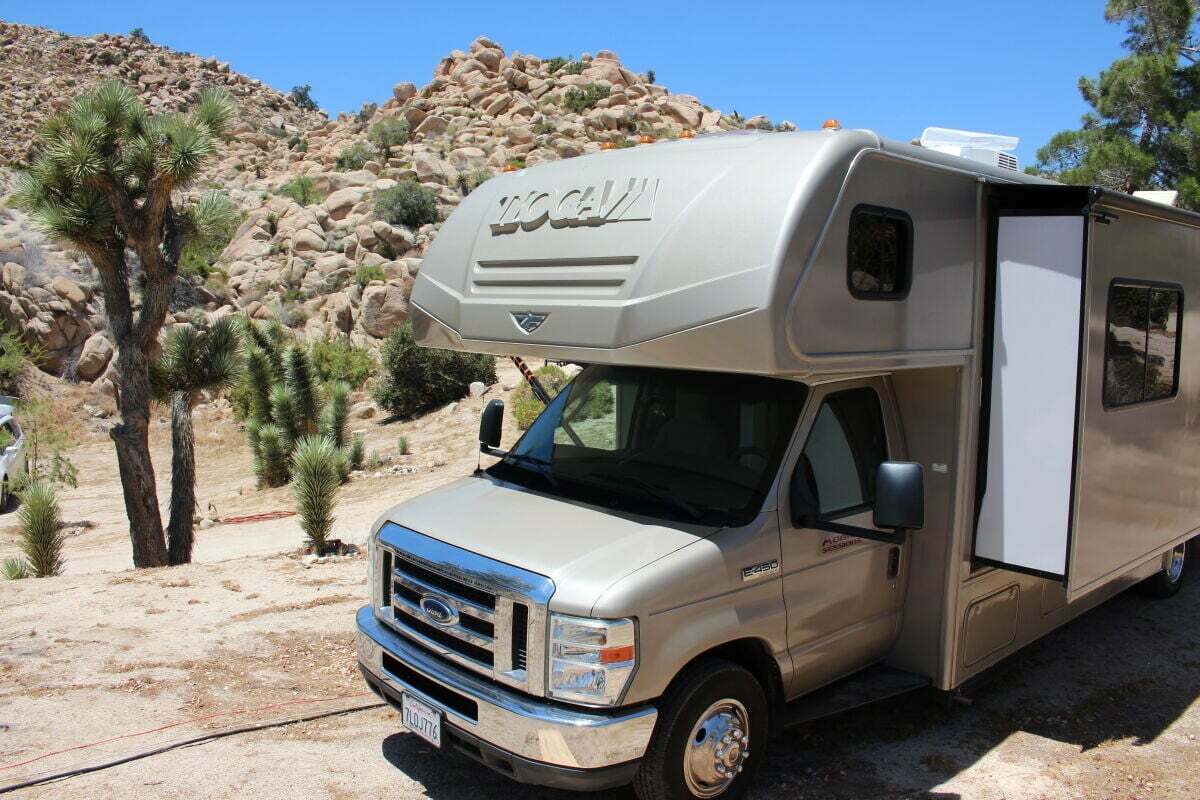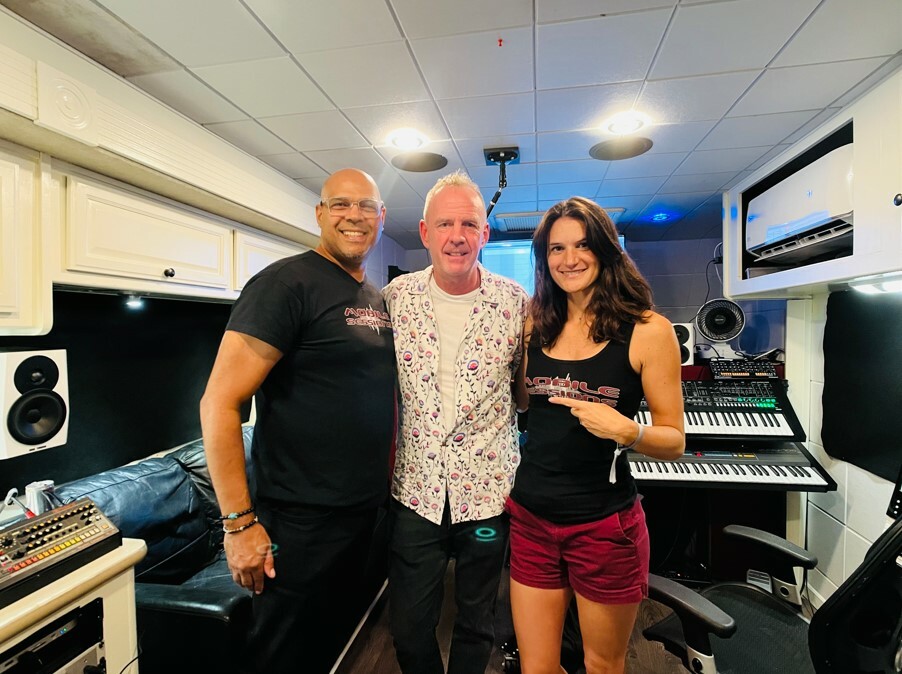In 2018, music manager Christine Hufenbecher and audio engineer Kenny Moran founded Mobile Sessions, an L.A.-based, Dolby Atmos-equipped mobile recording and production studio inside a custom-designed 30ft RV that boasts a tech spec to rival any major facility in the business. Headliner caught up with them to talk business trends, changing the mobile studio game, and the Merging Technologies kit that has been so central to its success…
Tell us about the origins of Mobile Sessions?
Christine: This venture started at the end of 2017. We had met at a studio in L.A. before, I was on the management side and Kenny was on the engineering side, and we decided we wanted to do a studio project together. Tons of studios were really expensive, and we thought, hey, we already have the vehicle, so why don’t we put a full studio inside this 30ft RV and make it the same quality as any major studio in L.A? But we’ll make it more convenient and more versatile.
Kenny spent a year ripping out the traditional RV furniture and building out the studio. Then we officially launched at NAMM in 2019, so we came in right before the pandemic when mobile recording started becoming a thing. We were building our clientele, doing live recordings, studio recordings, and offering the RV as a VIP space at festivals. Then, during the pandemic, we were able to roll up to people’s houses and do safe recordings while studios were closed. Then the whole mobile recording business developed from there, so we were there right before it blew up.





